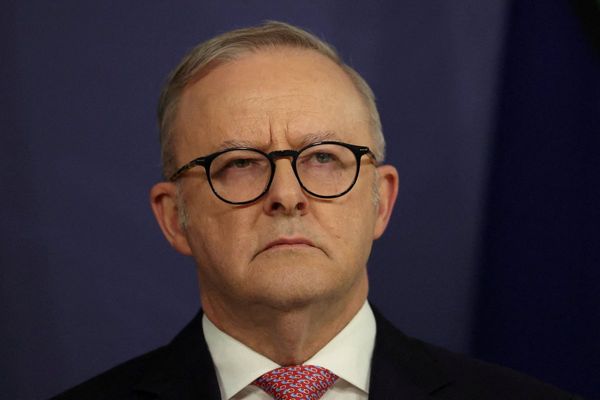
Saudi Arabia has over 5,300 mining sites, valued at about $1.3 trillion, containing a number of the most abundant minerals, such as gold, silver, copper, zinc, phosphate, bauxite, limestone, and others, according to a report by the Ministry of Industry and Mineral Resources (MIRM).
The report stressed that the growth opportunities identified by the comprehensive strategy for the mining sector would contribute to providing essential investment opportunities.
Saudi Arabia is qualified to be one of the most important metal-producing countries in the world by 2030.
Mining value chains
The report indicated that Saudi Arabia produces many minerals and mineral products essential in developing value chains for metallic minerals, such as iron, aluminum, copper, zinc, and gold. It also produces non-metallic products such as phosphate fertilizers, cement, glass, and ceramics.
The country's bauxite production is about 4.9 million tons per year, which is processed to produce about one million tons of aluminum.
According to the report, about 409,000 ounces of gold are produced from the mines in Saudi Arabia in the Arabian Shield.
The Kingdom produces about 68,000 tons of copper and zinc concentrates yearly and 24.6 million tons of phosphate ore, which is processed to produce about 5.26 million tons of phosphate fertilizers annually.
Saudi Arabia is among the top five producers of phosphate fertilizers and has also developed several other mineral industries.
The comprehensive strategy
The report explained that the main objectives set by the comprehensive strategy for the mining and metal industries sector focus on the optimal use of these minerals through the development of industrial value chains that will have a significant economic impact.
It will generate job opportunities and transfer development to the different regions where these mineral ores are found.
The report indicated it would positively impact the development of local communities, achieve sustainability in the mining sector, and protect the environment.
The strategy for the mining sector aims to increase the production of gold, copper, and primary metals tenfold compared to the current situation.
It also seeks to expand the phosphate fertilizer industry, placing Saudi Arabia among the three largest producing countries globally and the top ten countries in the world in aluminum production.
In addition, it intends to double the production of iron and glass to meet the expected growing demand, achieve self-sufficiency, and develop into new value chains such as rare earth elements, tantalum, and niobium.
Geological survey
The Ministry seeks to maximize the value achieved from the mining sector following Vision 2030.
It started implementing several initiatives and programs to achieve the objectives, including the Regional Geological Survey Program.
The Program will focus on surveying and mapping the mineral-rich Arabian Shield area in western Saudi Arabia to understand better the existence and distribution of mineral resources in that area and provide a valuable database of geological knowledge to future mining investors and operators.
According to the report, Saudi Arabia launched an initiative to accelerate explorations increase spending on exploration that targets dozens of mineral deposits in the Kingdom with encouraging economic indicators.







